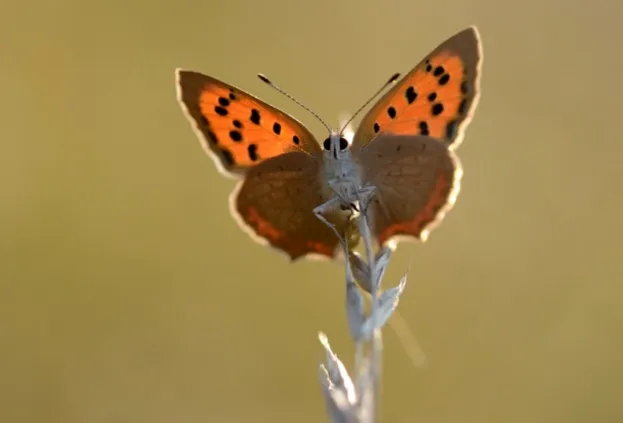Over the course of 20 years, 28 species of butterfly in urban and countryside environments were monitored and the results are a cause for concern.
In rural areas, butterfly numbers declined by 45%, while in urban environments, a 69% decrease occurred.
The study was undertaken by Butterfly Conservation (BC), the University of Kent and the Centre for Ecology and Hydrology (CEH).
“Seeing butterflies each summer is a vital part of the quality of life for millions of people in the UK," said professor Tom Brereton, head of monitoring at BC.
"The study shows that in urban areas where most people live and experience the natural world butterflies are in even more trouble than in our intensively farmed countryside."
The small copper and small heath butterflies succumbed to the negative pressure of towns and cities the most, with a 75% and 78% reduction in urban areas, respectively.

Lead researcher Dr Emily Dennis from BC and the University of Kent said, “We used sophisticated statistical techniques to reveal that practically all butterfly species that we assessed were found to be struggling in urban areas."
Urban butterflies were found to emerge earlier and have longer flight periods compared to their rural dwelling counterparts.
The probable cause for this is the ‘urban heat island’ effect - conditions in which towns and cities are slightly warmer than the surrounding countryside due to human activities.
The report suggests that increasing pressure from urban development, habitat loss and climate change is taking its toll on urban parks, gardens and brownfield sites.
“Improving the urban environment is something many of us can make a real contribution too, leaving bits of garden as wild areas, using fewer chemicals and gardening with wildlife in mind," said Dr Nigel Bourn, the director of conservation science for BC.
Main image: Small heath butterfly. © John Murray/Butterfly Conservation
